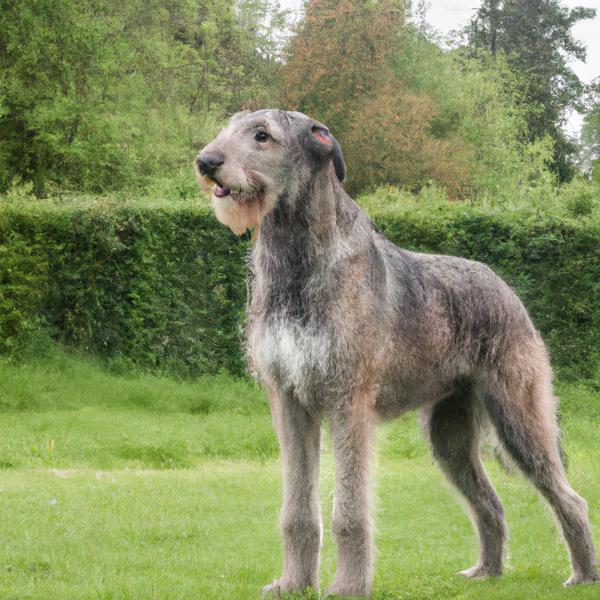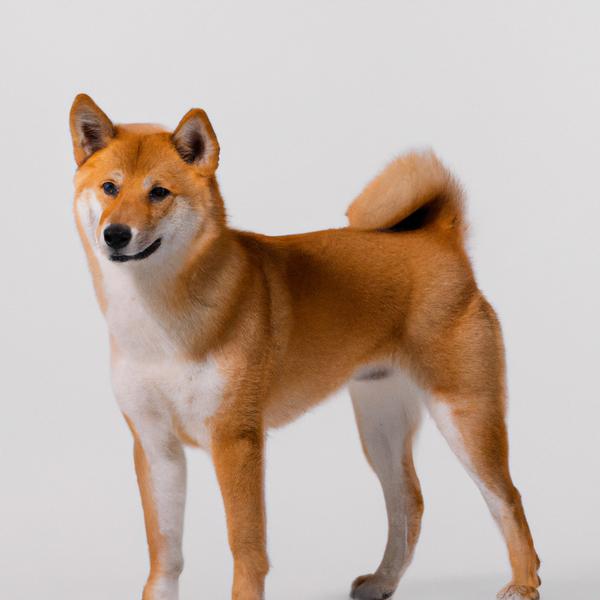Irish Wolfhound vs. Shibadox: Breed Differences and Similarities
Hypoallergenic
Are Irish Wolfhounds or Shibadoxs hypoallergenic, or neither?
Unfortunately, neither Irish Wolfhound nor Shibadox are hypoallergenic, which may not make them the best choice for dog lovers who suffer from pet allergies.
Temperament
What are the personalities of Irish Wolfhound and Shibadox dogs?
Dignified
Loyal
Sweet
Tempered
Intelligent
Generous
Patient
Thoughtful
Playful
Stubborn
Alert
Courageous
Confident
Devoted
Lively
Going
Fearless
Keen
Faithful
Clever
Charming
Shedding Level
Do Irish Wolfhounds shed more than Shibadoxs, or which breed sheds more, Irish Wolfhounds or Shibadoxs?
Irish Wolfhound or Shibadox dogs are not heavy shedders, but they will lose a significant amount of hair each year. To decrease the amount of shedding, you can regularly brush your Irish Wolfhound or Shibadox. This will remove loose hair and keep their coat growing in the same direction.
Origin
What is the origin of Irish Wolfhound and Shibadox dog breeds?
Ireland
United States
Ancestry
What are the origins of Irish Wolfhound and Shibadox breeds?
Great Dane, Deerhound
Shiba Inu, Dachshund
Date of Birth
When were Irish Wolfhound and Shibadox breeds first developed?
390 AD
Unknown
Eye Color Possibilites
What are the eye colors of Irish Wolfhound and Shibadox dogs?
Brown
Brown
Nose Color Possibilites
What are the natural nose colors of Irish Wolfhound and Shibadox?
Black
Black
Brown
Coat Color Possibilites
What are the natural colors of the coat for Irish Wolfhound and Shibadox breeds?
Black
Gray
Red
Cream
Fawn
Silver
Brindle
Black
Brown
Red
Fawn
Sable
White
Coat Length
What is the typical coat length for Irish Wolfhound and Shibadox breeds?
The coat of Irish Wolfhound and Shibadox dogs ranges in length from short to medium.
Coat Density
What is the density of the coat of Irish Wolfhound and Shibadox?
Coat Texture
What is the hair texture of Irish Wolfhound and Shibadox?
Wiry
Straight
Litter Size
What is the usual litter size for Irish Wolfhound and Shibadox?
An Irish Wolfhound can have a litter of 6-10 puppies on average. However, it's worth noting that the size of the litters can vary greatly. Factors that can influence litter size include the health of the mother, breeding history, and genetics.
A Shibadox can have a litter of 4-8 puppies on average. However, it's worth noting that the size of the litters can vary greatly. Factors that can influence litter size include the health of the mother, breeding history, and genetics.
Adaptability
Irish Wolfhounds are known for their adaptability and can adjust well to different environments and lifestyle changes.
Shibadoxs are highly adaptable and versatile, making them excellent companions for families and individuals of all lifestyles.
Health Issues
Between Irish Wolfhound and Shibadox, which breed is more prone to health problems?
The Irish Wolfhound breed is generally very healthy, requiring minimal vet visits. Still, it's important to keep an eye on their health and seek veterinary care when needed.
While the Shibadox breed is generally healthy, occasional vet check-ups are still necessary to address any health concerns.
Major Concerns
What are the major health concerns for Irish Wolfhound and Shibadox breeds?
Gastric Torsion
Hip Dysplasia
Intervertebral Disc Disease (IVDD)
Minor Concerns
What minor health issues should be kept in mind when owning Irish Wolfhound and Shibadox?
Osteosarcoma
Cardiomyopathy
Hip Dysplasia
Osteochondritis Dissecans
Cataracts
Von Willebrand's Disease
Hypothyroidism
Bladder Stones
Progressive Retinal Atrophy (PRA)
Occasional Tests
What occasional tests are recommended for Irish Wolfhound and Shibadox breeds?
Hip
Heart
X-Rays
Physical Examination
Eye Examination
Radiographs
Complete Physical Examination
Thyroid Panel
DNA for VWD
Social Needs
Irish Wolfhound vs Shibadox social needs comparison
Irish Wolfhound has average social needs and is less independent than other breeds.
Shibadox has above average social needs and thrives with interaction with humans and other dogs.
Sleeping Need
Which of the two sleeps the most/least: Irish Wolfhound or Shibadox?
Irish Wolfhounds are known for their relaxed and calm nature and enjoy long periods of sleep.
Shibadoxs have moderate energy levels and typical sleep patterns of 12-14 hours per day.
Mouthiness
Mouthiness Comparison: Irish Wolfhound vs Shibadox?
Roaming urge
Irish Wolfhound vs Labrador: Running away tendency?
Prey Drive
Irish Wolfhound or Shibadox - which breed has a higher level of prey drive?
Activity Level
Which breed has higher energy, Irish Wolfhounds or Shibadoxs?
Both Irish Wolfhound and Shibadox are medium-energy dogs that enjoy socializing and playing with other dogs. They may engage in casual or sustained games of chase, and occasionally have bursts of barking or racing around the house.
Tolerance of being left alone
Walks per Week
How many miles should Irish Wolfhound or Shibadox walk each week?
There's really no limit to how far you walk your dog as long as they're comfortable. For Irish Wolfhound, it's at least 15 miles / week. Just remember to build distance and stamina gradually over time.
There's really no limit to how far you walk your dog as long as they're comfortable. For Shibadox, it's at least 7 miles / week. Just remember to build distance and stamina gradually over time.
Activity per Day
Do Irish Wolfhounds or Shibadoxs require more exercise?
In general most Irish Wolfhounds usually need at least 60 minutes of exercise daily. This can be spread across the day and include all sorts of high-energy activities, like walking, running and playing.
In general most Shibadoxs usually need at least 30 minutes of exercise daily. This can be spread across the day and include all sorts of high-energy activities, like walking, running and playing.
Grooming
Which breed is easier to maintain in terms of grooming, Irish Wolfhounds or Shibadoxs?
The Irish Wolfhound requires an average amount of grooming compared to other breeds.
The Shibadox has low grooming needs and is easy to maintain.
Brushing Frequency
What is the recommended brushing frequency for Irish Wolfhound and Shibadox dogs?
Irish Wolfhound and Shibadox should be brushed at least once a week. Of course, you can give them more frequent brushes if you find that they are still shedding a lot.
Brushing Tools
What brushing tools are used for Irish Wolfhounds and Shibadoxs?
Pin Brush
Slicker Brush
Deshedder
Nail Clipper
Pin Brush
Slicker Brush
Deshedder
Nail Clipper
Cups
How much food should be given to Irish Wolfhound or Shibadox in cups?
For an average 100-120 pound (45 - 54 kg) Irish Wolfhound feed 4.5 cups daily. But, keep in mind, the amount you feed is going to be dependent on the quality of the food you are feeding.
For an average 12-14 pound (5 - 6 kg) Shibadox feed 1 cups daily. But, keep in mind, the amount you feed is going to be dependent on the quality of the food you are feeding.
Daily Cost
Which breed has a higher daily cost, Irish Wolfhound or Shibadox?
The average cost of an Irish Wolfhound is somewhere $4.20 - $4.90 per day.
The average cost of a Shibadox is somewhere $1.40 - $1.70 per day.
Monthly Cost
Which breed has a higher monthly cost, Irish Wolfhound or Shibadox?
The average per month expenses of an Irish Wolfhound is between $126 - $147. This makes an average of $1512 - $1764 per year. It will be on the higher side when the dog is still small because it will need more frequent visits to the vet, shots.
The average per month expenses of a Shibadox is between $42 - $49. This makes an average of $504 - $588 per year. It will be on the higher side when the dog is still small because it will need more frequent visits to the vet, shots.
Sensitivity Level
How do Irish Wolfhound and Shibadox compare in sensitivity?
Irish Wolfhounds have average emotions and adapt well to different situations.
This breed is sensitive and requires gentle handling and a calm home environment.
Apartment Friendly
Which breed is more apartment-friendly: Irish Wolfhound or Shibadox?
Irish Wolfhounds can do well in apartments with enough exercise and time outside, but a small yard would be ideal.
Shibadoxs make excellent apartment dogs, being fairly active indoors and not requiring a yard.
Child Friendly
Do Irish Wolfhounds or Shibadoxs have a friendlier temperament towards children?
Irish Wolfhounds are good with kids if socialized and trained from a young age.
Shibadoxs have an average level of friendliness towards children.
Senior-friendly
Which dog is more suitable as a pet for the elderly - Irish Wolfhound or Shibadox?
Cat Friendly
Do Irish Wolfhound or Shibadox breeds have a better compatibility with cats?
Irish Wolfhounds and Shibadoxs are an average cat friendly dog. They do well with cats, even more if raised together from puppyhood.
Dog Friendly
Which breed is more sociable with other dogs: Irish Wolfhound or Shibadox?
Irish Wolfhounds are generally very friendly towards other dogs, with a happy and affectionate temperament.
Shibadoxs are average in their friendliness towards other dogs, and socialization can help.
Pet friendly
How do Irish Wolfhound or Shibadox dogs interact with other pets?
Stranger Friendly
Which breed is more friendly with strangers: Irish Wolfhound or Shibadox?
Irish Wolfhounds are averagely friendly around strangers but benefit from early socialisation.
Shibadoxs are quick to announce strangers and can be standoffish or suspicious.
Playfulness
Which breed is more playful between Irish Wolfhound and Shibadox?
Irish Wolfhound and Shibadox have an average level of playfulness. Like other dogs, they enjoy playing, but they are not the most playful dog breed.
Trainability
How do the trainability levels of Irish Wolfhounds and Shibadoxs compare?
Irish Wolfhound and Shibadox dogs are usually easy to train, but may require consistency to fully obey commands.
Compare Irish Wolfhound with other breeds
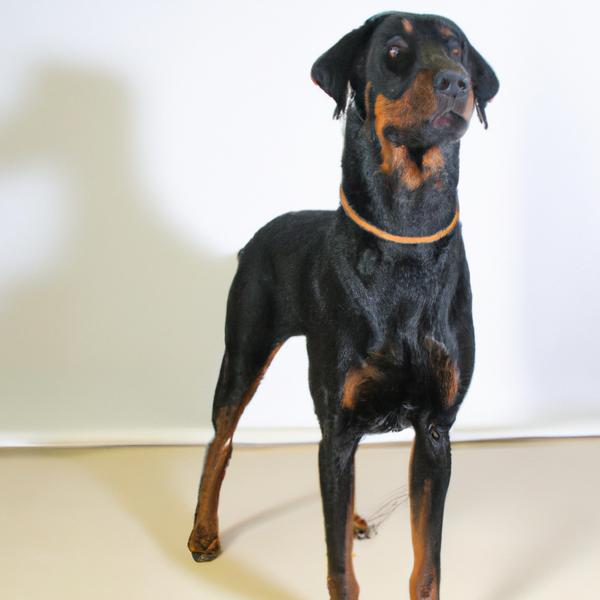
Weston
Irish Wolfhound vs Weston
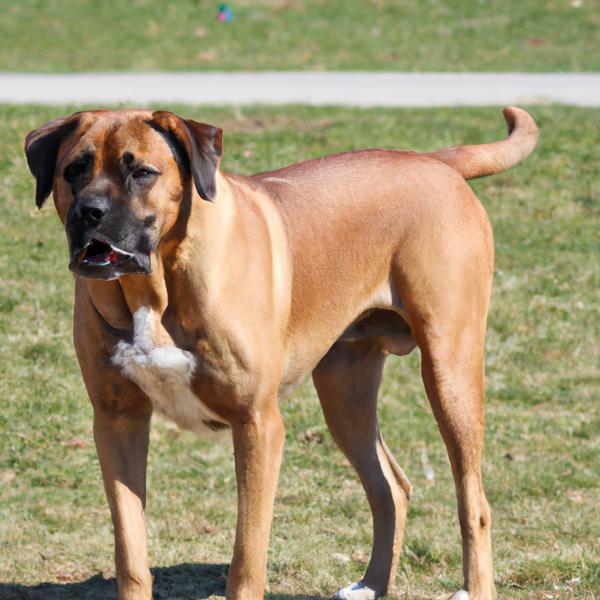
Boxane
Irish Wolfhound vs Boxane
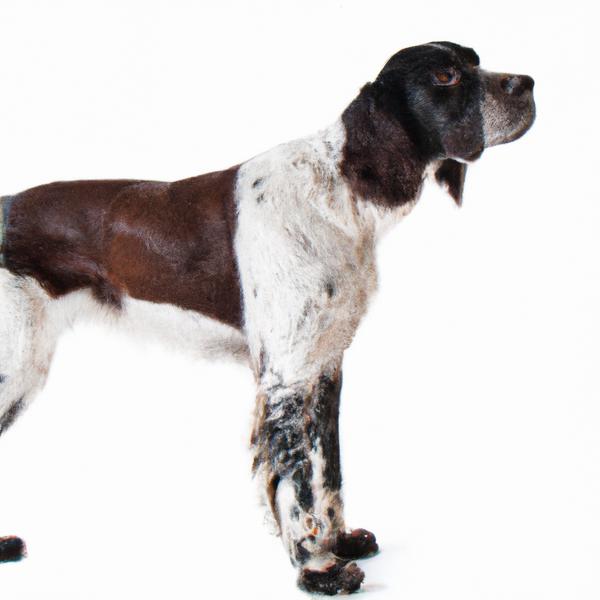
Spanador
Irish Wolfhound vs Spanador
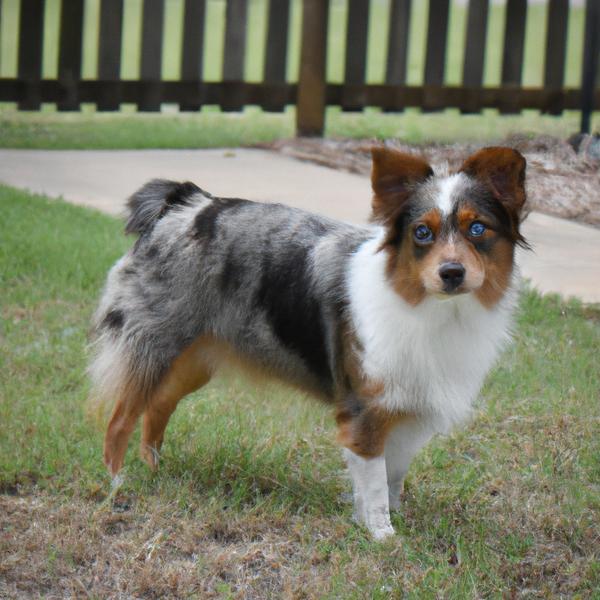
Mini Australian Shepterrier
Irish Wolfhound vs Mini Australian Shepterrier
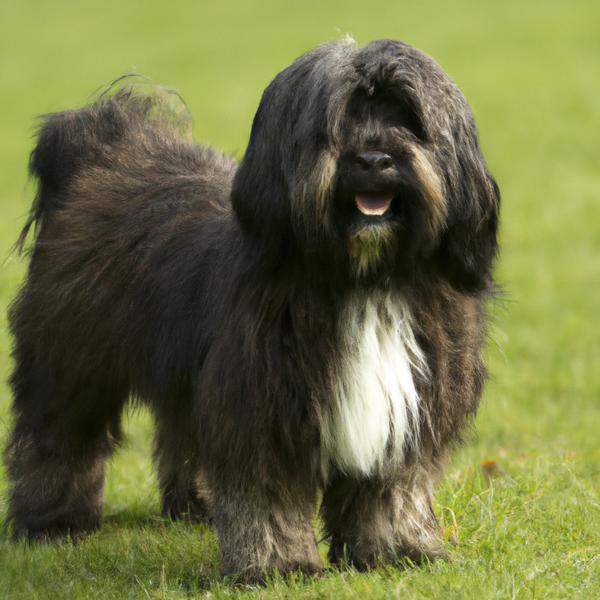
Lowchen
Irish Wolfhound vs Lowchen
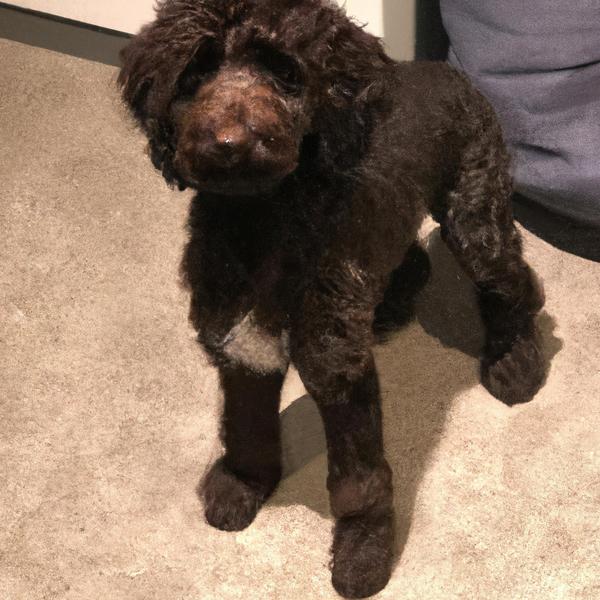
Beardoodle
Irish Wolfhound vs Beardoodle
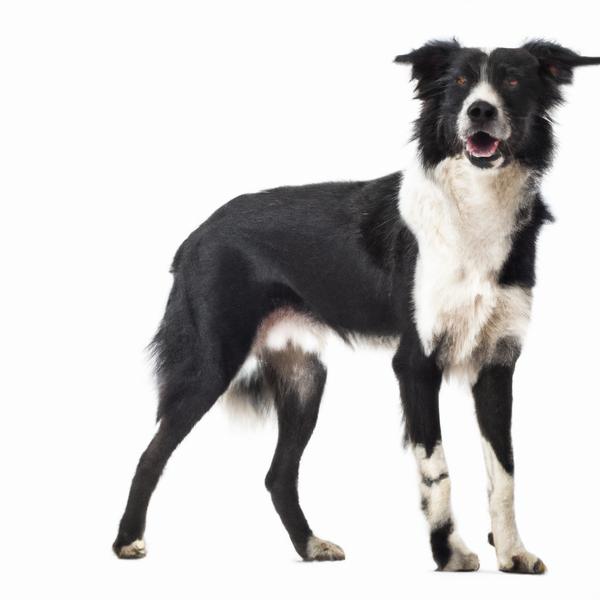
Giant Border Schnollie
Irish Wolfhound vs Giant Border Schnollie

Shorgi
Irish Wolfhound vs Shorgi
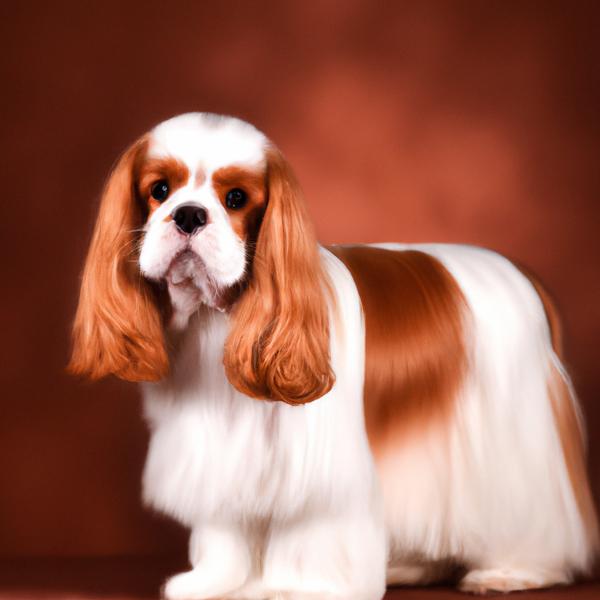
Cav-A-Malt
Irish Wolfhound vs Cav-A-Malt
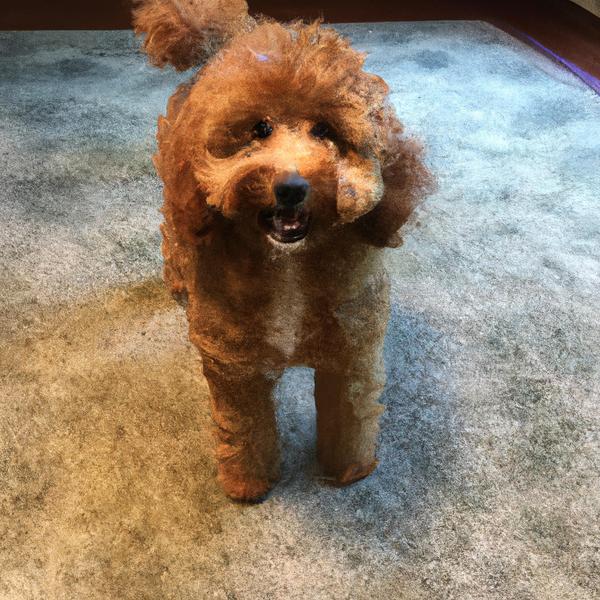
Papi-poo
Irish Wolfhound vs Papi-poo

Golden Retriever
Irish Wolfhound vs Golden Retriever
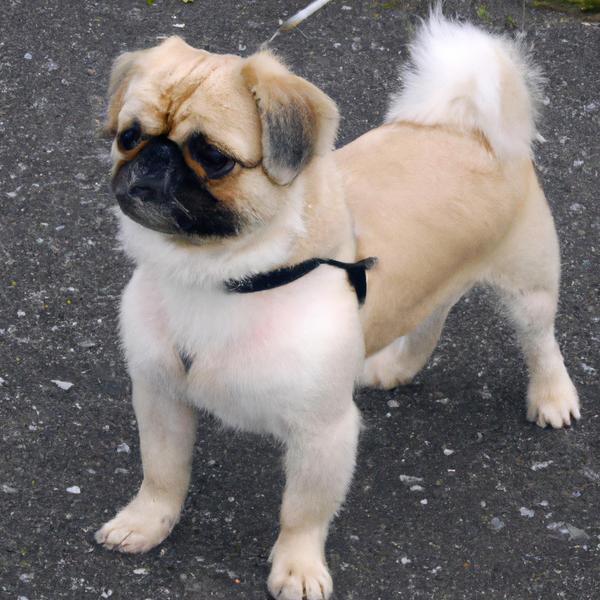
Pug-Coton
Irish Wolfhound vs Pug-Coton
